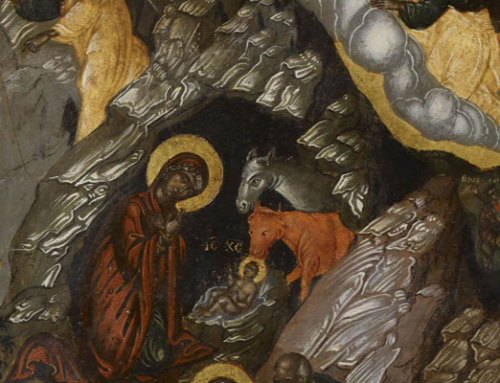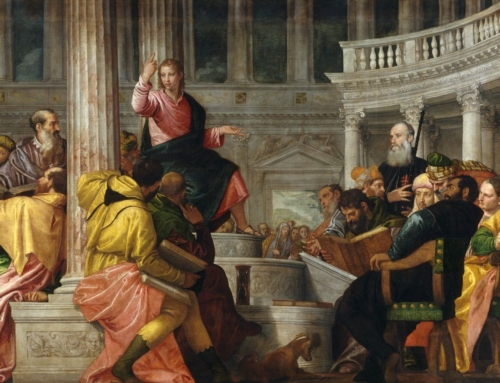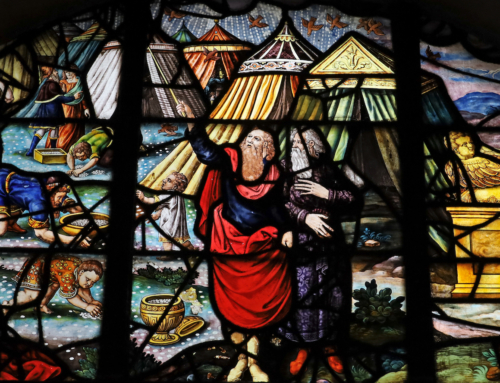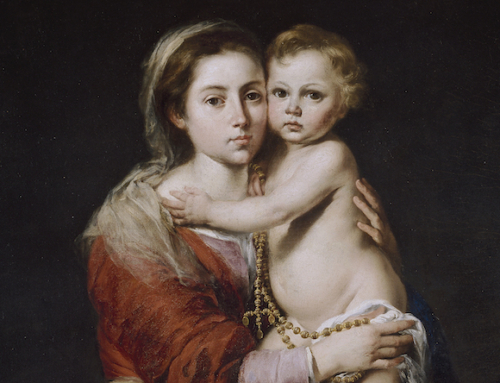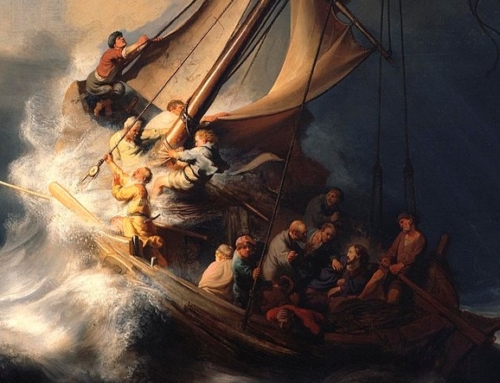Few objects exert enough psychological sway to stop us dead in our tracks. Fewer still can pull us back after we’ve passed them by. But mirrors do both, inducing teeth-checking, dress-smoothing, and double-taking with gravitational inevitability.
Why such ample influence from a piece of polished glass?
Perhaps it’s because they speak to a deep human need. We all long to love ourselves, and we can’t love what we don’t know. Mirrors give us that missing knowledge. They show us the unruly strand of unkempt hair, the mustard we still have on our face from lunch, the cookie crumbs taking residence in an untrimmed beard. In short, mirrors tell us what others often won’t: the truth. When we look into a mirror, we see what we’ve missed and we’re given the opportunity to fix it.
The mirror motif has been used to great effect by spiritual writers throughout the centuries: St. Aelred of Rievaulx entitled his masterpiece The Mirror of Charity, and St. Augustine invites his brothers to read his Rule once a week “so that you will see yourselves in this little book as in a mirror and not neglect anything through forgetfulness.” When we gaze deeply into charity, or examine discerningly the rule we are vowed to live by, the truth about ourselves gets reflected back to us. We come to know ourselves—and our shortcomings—in a new way, one that opens up the path to transformation.
But what if the transformation we seek isn’t possible? How many times has the mirror heard the words “if only I weren’t so . . .” uttered without any hope of change? And how much more terrifying does that mirror become when the faults it shows us are deformities of soul?
It’s true that we cannot make ourselves good. It’s true that the face—the soul—in the mirror cannot fix itself. But this is a distorted truth, a warped glass, for “now we see as in a mirror, dimly” (1 Cor 13:12). But soon we shall see our hope face to face. Soon, our hope will arrive in the flesh.
Advent is a time of expectation even more than it is a time of penance. The call to repentance is not a call to look into the mirror of self-knowledge and hate the face of the fallen creature we see. It’s a call to turn—to turn our faces toward the face of a child and to see reflected there the infinite love of God.
When we look upon the face of Christ, we are looking upon a mirror. In it, we see God reflected in a human face, and man reflected in the face of God. In it, we see the hope promised to each and every one of us in ages past. In that mirror, we look upon a truth deeper than our faults, deeper than our foibles, deeper than our failings: God-is-with-us.
Come, let us turn.
✠
Image by Timon Studler


